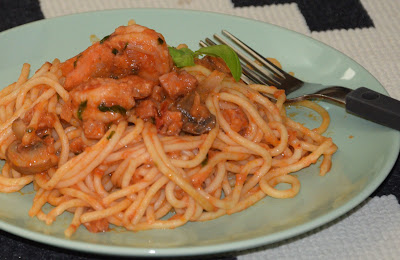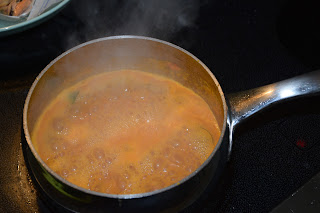Christmas is big day for Goans and the season itself even bigger with the start of Advent season. One tradition that is dying out, is the tradition of Consoada or Kuswad (Kuswar). Consoada is a Portuguese term to mean "to console". Kunswar or sometime, people also call it Kuswad, indicating its origin from the corruption of the Portuguese word Consoada.
However the similarities are only limited to the word, the actual cultural meaning differs totally in Goa and what it means in Portugal. In Goa, Consoada was sent to families who recently had bereavement and were not celebrating Christmas by making sweets at home, as a way of grieving for lost family members. So Neighbors and other family members would send Consoada to the bereaved family, as a way of consoling for their loss in this festive season.
Unlike in Goa, the Consoada has no Christmas meaning but a general approach to life of consoling. In Portugal when family members return home to their ancestral to celebrate Christmas with family, they are served a simple dinner of fish and potatoes on Christmas Eve and this serving is sometimes referred as Consoada, as a way of consoling a tired soul that has traveled from far to be at home at Christmas.
As per historians, the tradition of giving Consoada is not a influence that the Portuguese brought to Goa, they merely introduced the name, the act itself of giving sweet prevailed before the arrival of Portuguese in Goa. Vhojem is the Goan term and is used by both Catholics and Hindus during various times of the year. Vhojem is particularly common when the bride to-be sends a Vhojem to the her In laws as a wedding gift. The Vhojem includes fruits, Sweets like Doce or Bol
Back in Goa, come advent season households across Goa are busy preparing their Consoada sweets. Sometime the whole village was it together, when the neighbors would take turns to visit the other households and get in the act of preparing Nevrios (Nevreo), Dodols, Doce, Pinagre, Bathk (Batica) cake, Kormola, Mandare, kulkul and so on, providing a helping hand. Come Christmas day and people would be busy visiting friends and family to wish them and to spread the festive joy by giving each other Consoada especially the families who had a bereavement, followed by enjoying the food feast at home for Christmas Lunch enjoying Vindalho, Sorpatel, Pulao, Assado, Carmel pudding, etc
This tradition of preparing Consoada at home, unfortunately has been a victim of the our fast paced life in the 21st Century. Everyone is used to just ordering their sweets from specialist Christmas Sweet makers or ones available in the Markets









































